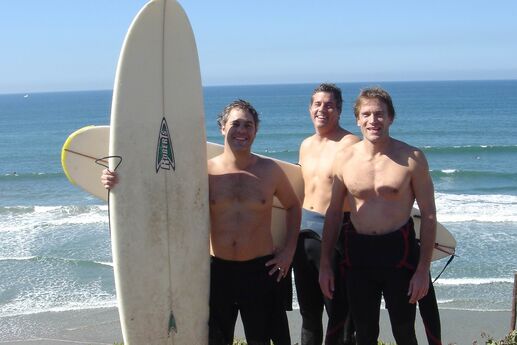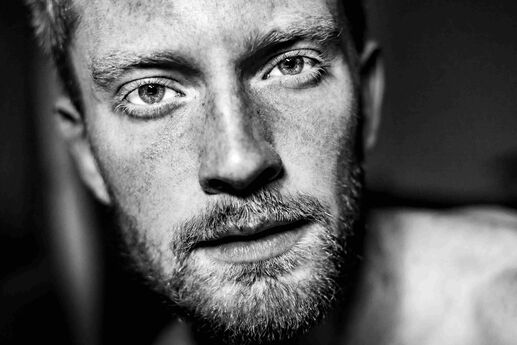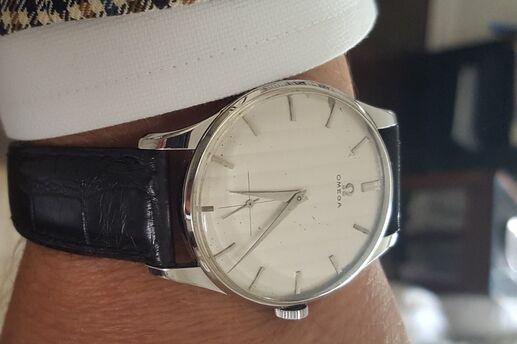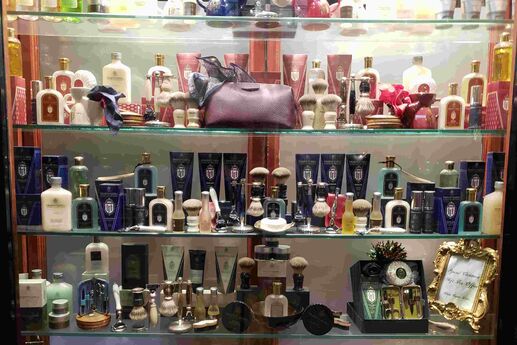Know Your Skin Type
Looks are only skin-deep, you’re always told. So unless you want to wow women with your inner beauty, you’d better take good care of that skin. The trick, says Ellen Marmur -- author of the book Simple Skin Beauty and chief of dermatologic and cosmetic surgery at the Mount Sinai Medical Center in New York -- is knowing how to do it properly.
Marmur recommends what she calls a PET strategy: protect, enhance and troubleshoot. Protect means to use sunscreen. Most men don’t, even though it dramatically reduces wrinkles and other effects of aging over the years. Enhance means use the right skin and shaving products. And to do that, you need to troubleshoot, or identify your unique skin care needs. We’ve enlisted the advice of Marmur and Valentina Chistova, a renowned aesthetician and owner of ABC Day Spa in New Jersey, to aid you in this part of the process. As for the inner-beauty part, you’re on your own.
Skin type: Dry
How to identify it: Your skin feels tight after you wash it. You may notice chapped splotches in spots, and it can appear dull from excess dead layers.
How to treat it: Apply moisturizer in the morning after you shave and at night before you go to bed, Chistova recommends. “In the evening, you can use a rich moisturizer, one that is specially noted for nighttime use,” she adds. You might also want to consider using cleansing milk instead of soap, as it removes fewer natural oils. You should probably refrain from using aftershave if you’ve got this skin type, says Marmur, since it tends to close pores and further dry your cheeks, chin and neck.
Skin type: Oily
How to identify it: Within thirty minutes of washing your face, your skin is already shiny. When you touch your face, you notice oily residue on your fingers. You also have a tendency to get blackheads.
How to treat it: Use one of the many gel facial cleansers designed specifically for oily skin. Also, says Chistova, after washing your face, apply a toner -- which cleans the skin and closes pores -- with a cotton ball. You still need to moisturize, but probably only once a day, in the evening. Marmur suggests experimenting with different aftershaves to find which one complements your skin the best and slows it from getting shiny during the day.
Skin type: Combination
How to identify it: Marmur calls this the most common skin condition among men. Your cheeks and forehead may be dry, but then shiny oil may build up along the T-zone (across the brow and down the nose).
How to treat it: Cater your approach to whichever area of the face you’re treating. Use the strategies best suited for oily skin on the T-zone, and the ones for dry skin on the cheeks and forehead. And, adds Marmur, apply sunscreen everywhere to prevent aging effects.
Skin type: Sensitive
How to identify it: Your face sunburns easily and is prone to redness, hives and bumps.
How to treat it: If you have this type of skin, you should seek a dermatologist or a skin-care professional for specific advice based upon your unique needs. But Chistova provides some simple, basic tips: Wash your face a couple of times a day at most, and use the most delicate soaps and facial products possible. Some brands make a face wash for sensitive skin, which would be far superior to a bar of soap.
Photo Credit: @iStockphoto.com/atanasija






